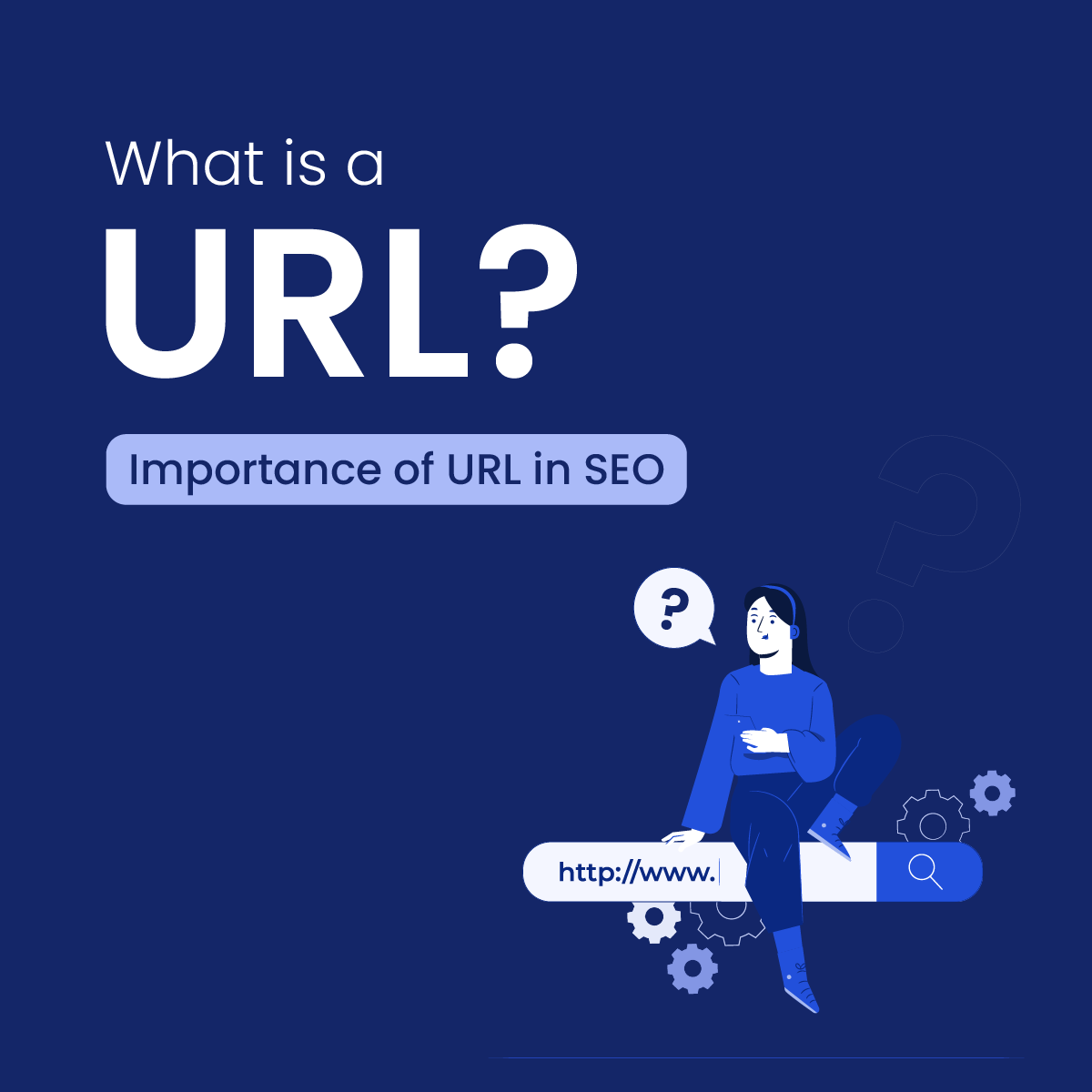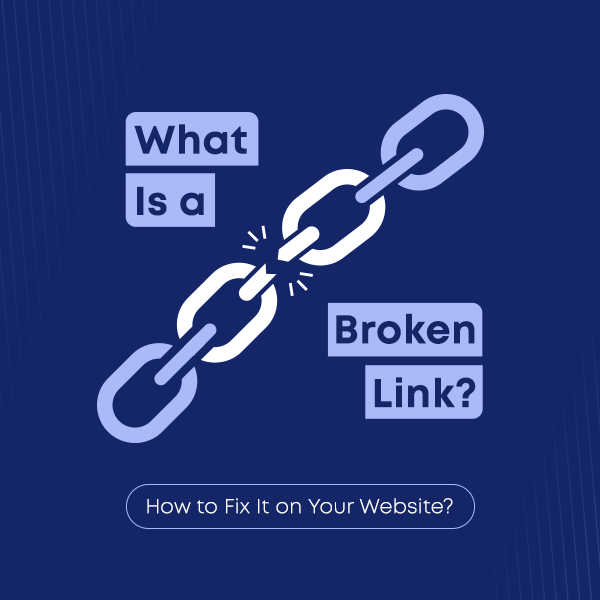
- What is a Canonical Tag?
- Structure of Canonical Tag or URL Canonicalization
- Why Use Canonical Tags in SEO
- When to Use Canonical Tags in SEO?
- Conclusion
- FAQs on Canonical Tag
Search Engine Optimization (SEO) is constantly evolving, with many elements working together to boost a website’s success – from technical precision to high-quality content, link building, and user experience. But have you ever heard of the hidden hero of SEO? Enter the canonical tag – a small but mighty little piece of code that prevents chaos in the digital world.
Canonicalization is a way to guide search engines toward the right page. This article overviews canonical tags and their importance in improving search engine visibility.
What is a Canonical Tag?
A slightly different version of an article or webpage can be a struggle for search engines to determine preferred or original content. This confusion for search engines can dilute the site’s authority and hinder its ability to rank effectively. Additionally, even the users encounter multiple versions of the same content, creating a frustrating and confusing user experience.
In SEO, a canonical tag is like leaving a sticky note for search engines saying, ‘Hey, this is the page you should pay attention to!’ It tells search engines which URL is the original, authoritative version, avoiding confusion when similar content exists across multiple pages.
Utilizing canonical tags helps to prevent issues when the same content appears on different URLs. It helps to avoid splitting link equity, increase the chances of the preferred page ranking higher in search results, consolidate ranking signals, and improve overall SEO performance. Alongside using canonical tags, understanding and implementing various types of sitemap can further enhance SEO by ensuring that search engines can efficiently crawl and index your website.
Structure of Canonical Tag or URL Canonicalization
The canonical structure is simple. For instance, when you have an article available on two URLs:
Article URL #1: https://www.test.com/article/my-post
Article URL #2: https://www.test.com/article/my-post/index.html
You have to add this canonical tag to the index.html page.
<link rel=”canonical” href=”https://www.test.com/article/my-post” />
Adding a canonical tag to your URL in this structure indicates to search engines that https://www.test.com/article/my-post is the preferred URL for this content. It helps search engines understand which version of the page should be ranked and indexed to prevent duplicate content issues.
Why Use Canonical Tags in SEO
Canonical tags play a critical role in guiding search engines to view and index your site’s content correctly. Think of them as traffic signals, ensuring search engines take the right turn toward your preferred URL. Proper use of canonical tags also supports efficient website indexing, helping search engines understand your site structure better. Here are the reasons that make canonical tags crucial in SEO.
Ensure the Correct URL is Provided to the Search Engine

No one wants two product pages fighting over the same keyword on SERPs—it’s like having twins in a race where only one can win. A canonical tag steps in to declare which URL deserves the spotlight. This is when a canonical link indicates to search engines which URL is preferred when multiple URLs exist. Ensure that the canonical tag HTML code has a correct URL, which will assist Google in indexing and ranking.
Save the Crawl Budget of Your Site

Canonicalization helps Google use its energy wisely. It tells search engines, ‘This is the page to focus on,’ saving your crawl budget and ensuring search bots prioritize your most important pages. This sheds the ambiguity and saves time and resources. A thorough Technical SEO Audit can identify issues related to canonicalization, ensuring that crawlers are directed toward the most critical URLs and resources are efficiently allocated.
Prevents Duplicate Content

Canonical tags eliminate the guesswork for search engines by pointing out which version of the page is the real deal. This helps to dilute ranking signals and link equity across separate versions. The rel canonical tag eliminates the confusion and delivers the most updated version of a page that contributes to a better user experience.
Improved Ranking

Canonical tags dilute the hindering rankings and link equity. It prevents duplicate content and helps search engines attribute all signals and link equity to preferred URLs. This improves the chances of higher rankings on SERPs and boosts the page’s authority. Canonical tags eliminate the issue of duplicate content, which helps avoid potential penalties from search engines.
When to Use Canonical Tags in SEO?
When multiple URLs are present in the same content, it is crucial to use canonical tags. Here are other reasons explaining where you should use canonical tags.
Self Canonical
A self-canonical tag, also known as a self-referential canonical tag, is a tag that points to the same page it’s defined on. It means that each canonical page has a canonical tag that points to its URL. It references the URL of the given page even if it has no alternative versions.
Example:
For article:
www.aoneseoservice.com/blog/sitemap-for-website-types-importance-best-practices/

We have chosen the same article URL as the canonical link.
<link rel=”canonical” href=”https://www.aoneseoservice.com/blog/sitemap-for-website-types-importance-best-practices/” />
Duplicate Content
The main answer to the question regarding the rel canonical tag used is to prevent duplicate content and enhance your site’s SEO. Duplicate content comes in various forms, so you must recognize the problem and select the master URL. Then, implement the canonical tag within the HTML header of the duplicate pages, specifying the URL of the preferred version.
Multilingual Sites
Canonical tags play a vital role when dealing with multilingual sites. Ensure that you know how to check canonical tags before proceeding. Choose a primary language for each page, which will be considered the canonical URL. Further, incorporate rel-canonical tags and then use hreflang tags to inform search engines about the different language versions of a page.
Dynamic URLs with Filters & Parameters
Canonical tags solve dynamic URLs generated by content management systems and e-commerce platforms. Dynamic URLs contain filters or parameters that modify the displayed content on the page. Use canonical tags to point to a single preferred URL if multiple parameter combinations result in the same content.
Republished Content
If the content is republished on the website, add canonical tags. These tags specify the original URL on the republished page and inform search engines that the original version of the content is located elsewhere. Therefore, ensure to identify the original content and add a canonical tag within the HTML of the republished page that points towards the source URL.
Pagination or Multiple Pages for a Single Topic
Canonical tags specify which page is the preferred or primary version when dealing with pagination or multiple pages covering a single topic. These tags help search engines understand the relationship between different pages and prioritize the most important one.
To prioritize the most comprehensive or first page of a paginated series, use the following:

Conclusion
A canonical tag may look like a simple one-line code, but its impact on SEO is powerful. Solving duplicate content issues and consolidating ranking signals, canonical tags improve crawl efficiency, help search engines understand your site better, and boost rankings.
Want expert guidance on optimizing your website’s technical SEO? AONE SEO Service, the best SEO company in India, is here to help! Helping businesses to the top of the search results with our proven strategies.
Contact Us, drop us an email info@aoneseoservice.com or give us a call at +91 8101118111.
FAQs on Canonical Tag
Can Google ignore canonical tags?
Google will likely ignore all the rel=canonical hints in case of multiple declarations. Therefore, double-check the page’s source code, which will help correct the issue.
How to check canonical tags?
Inspect page source code using Google Search Console, browser developer tools, and website audit tools to check canonical tags. There are many digital marketing chrome browser extensions that can help with finding the canonical tag. This method helps to identify potential issues and verify the correct implementation of canonical tags.
What is the main difference between a canonical tag and a redirect?
A canonical tag only hints to search engines about which page is the original. At the same time, a redirect is a server-side instruction that automatically sends users to a different page.
Is a canonical link and a canonical tag the same?
Yes, “canonical link” and “canonical tag” are essentially the same thing, both referring to the HTML element “rel=canonical.”
Are canonical tags necessary for SEO?
Yes, canonical tags are essential for SEO because they help search engines index the correct URL and avoid duplicate content.
What is a canonical tag in SEO?
A canonical tag in SEO is a tag in a page’s source code that indicates to search engines which version of a page to index and avoid duplicate content.
What is a canonical URL?
A canonical URL is the preferred version of a web page among a group of duplicate or near-duplicate pages.
What is the rel canonical tag used for?
The rel=”canonical” tag is used to tell search engines which version of a page is preferred when there are multiple, similar, or duplicate versions of that page available.






